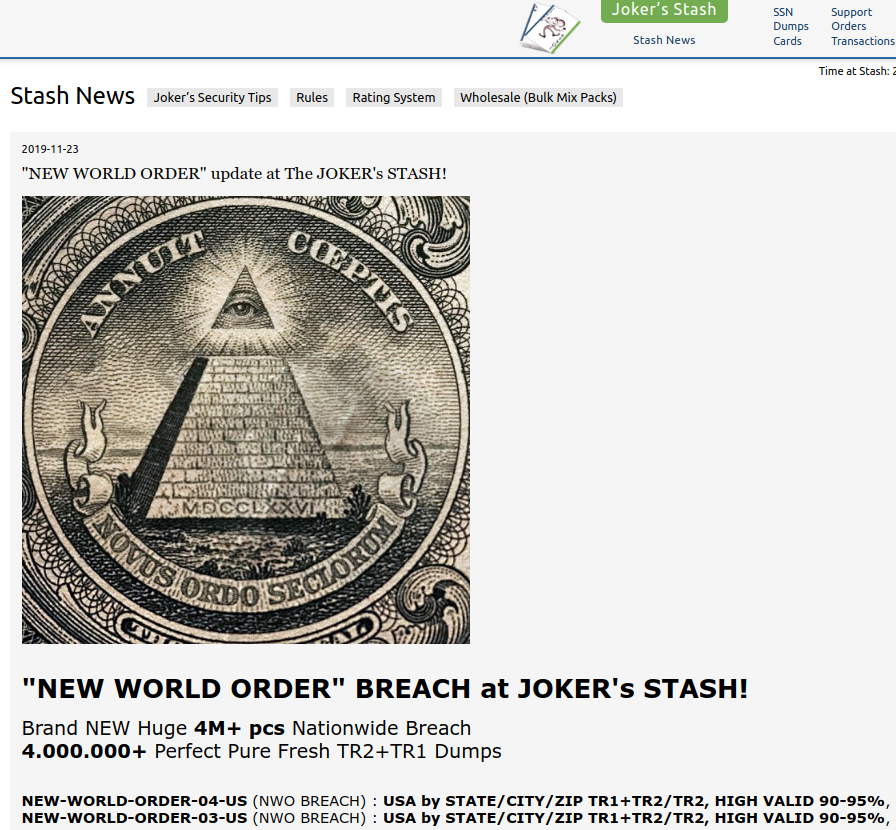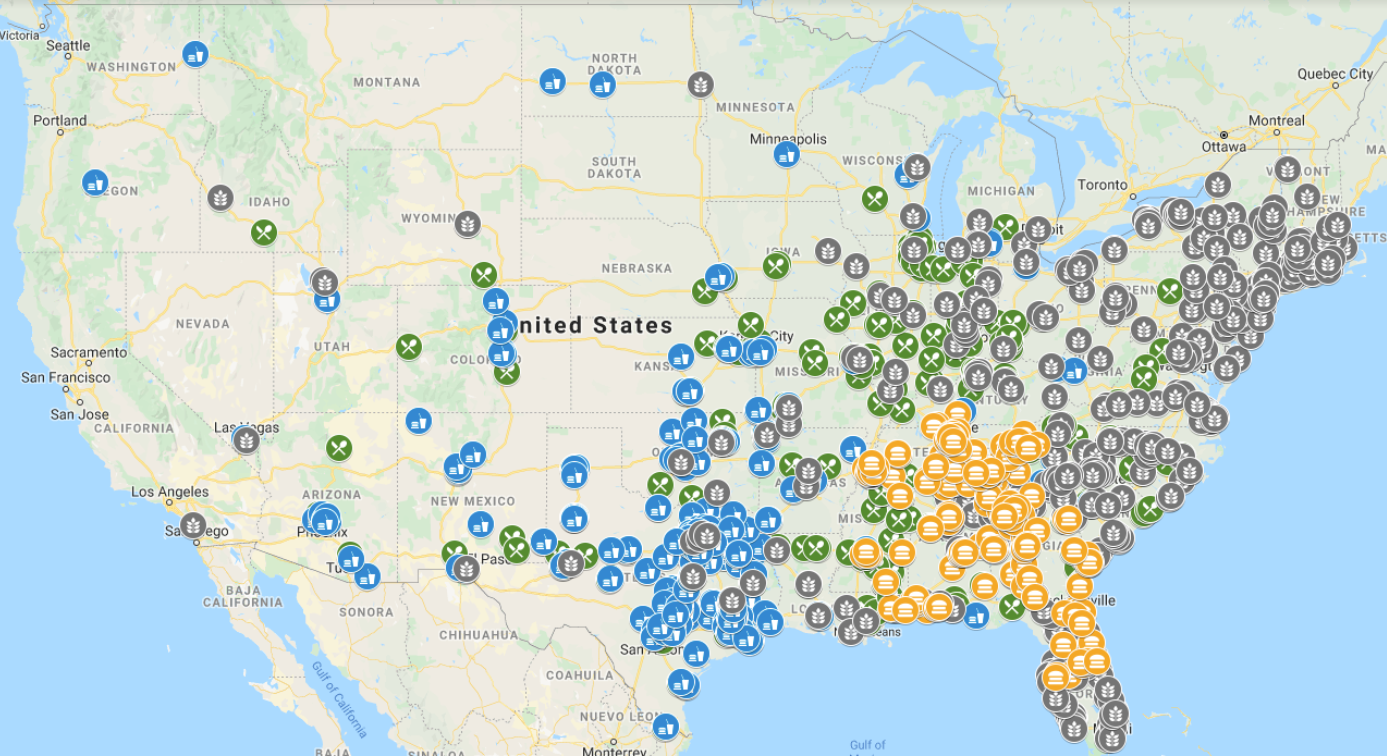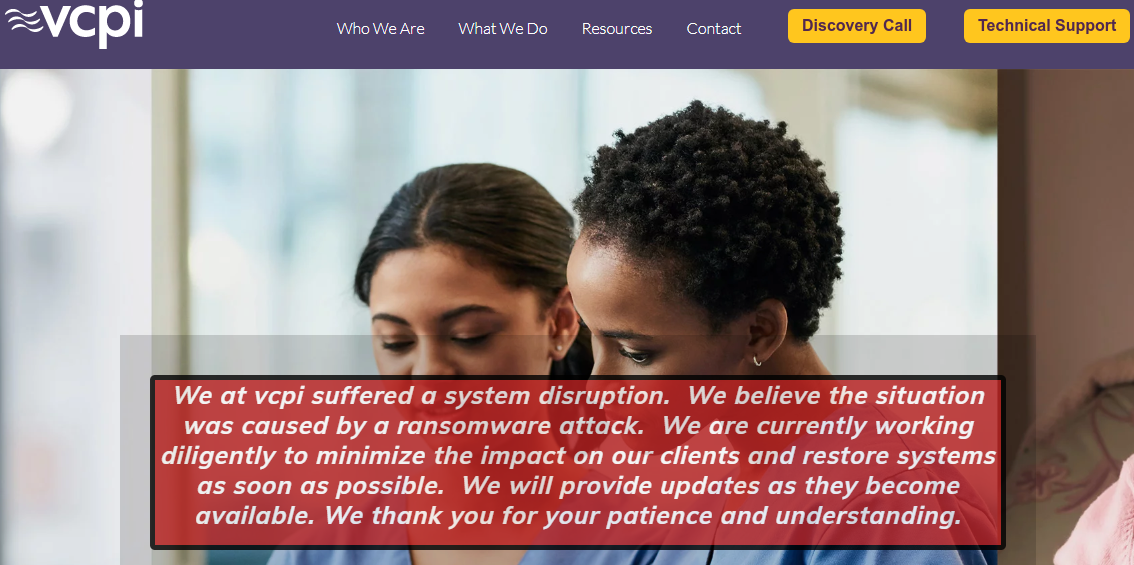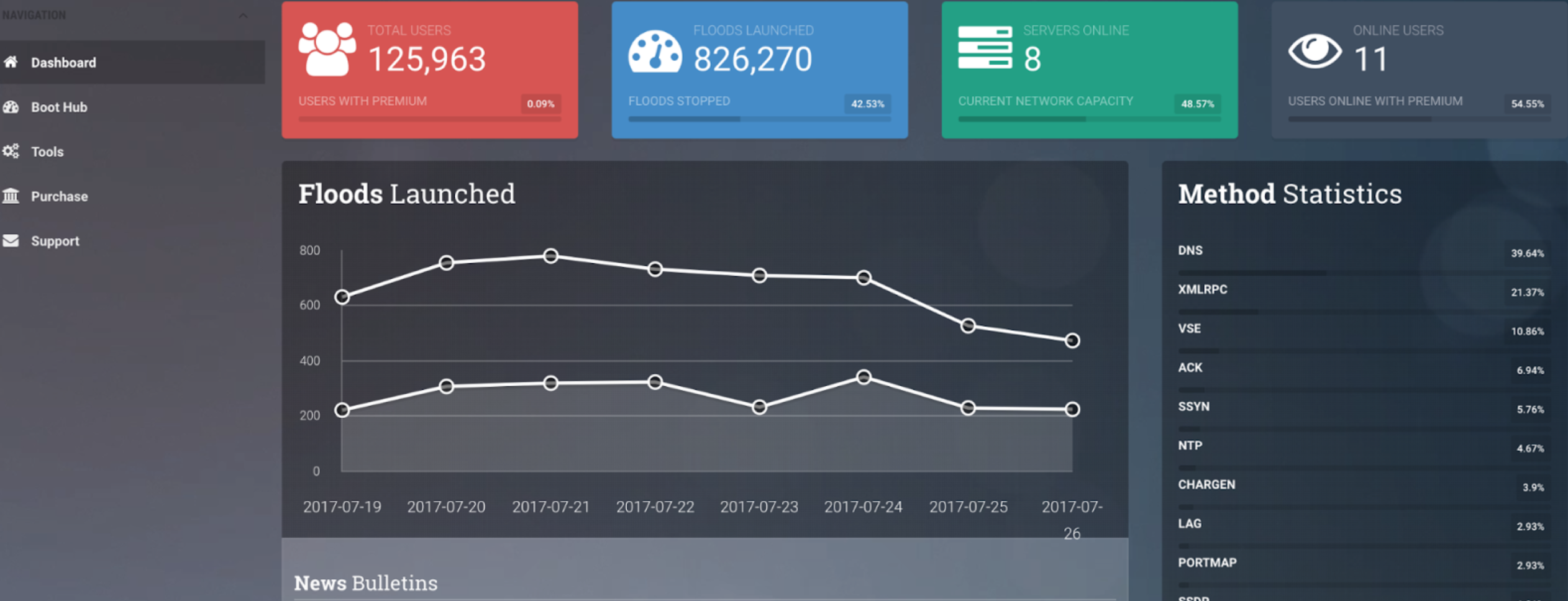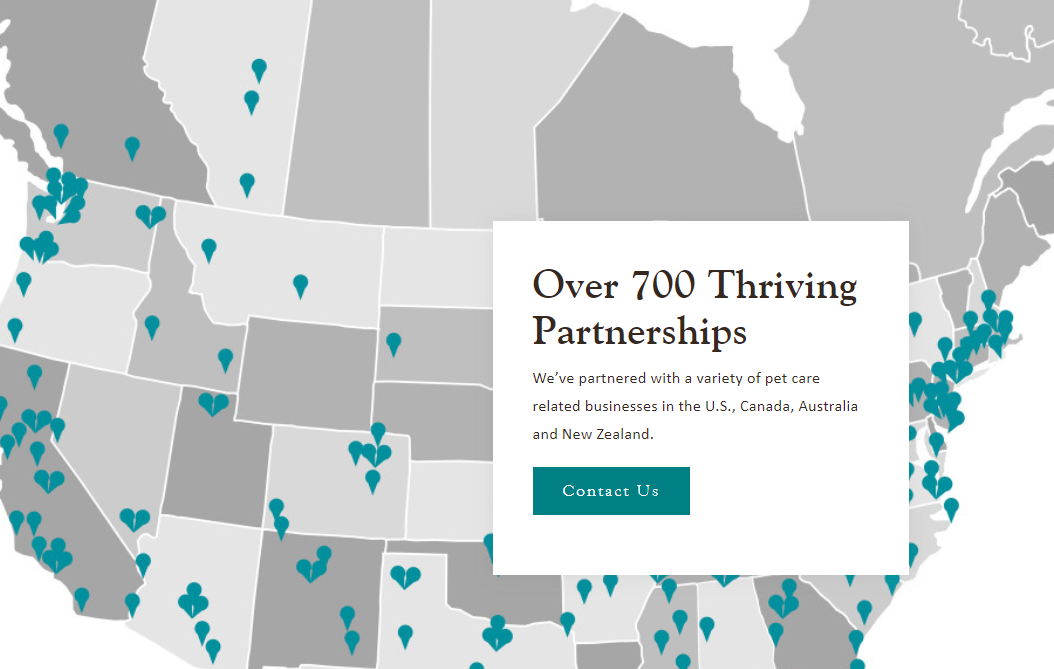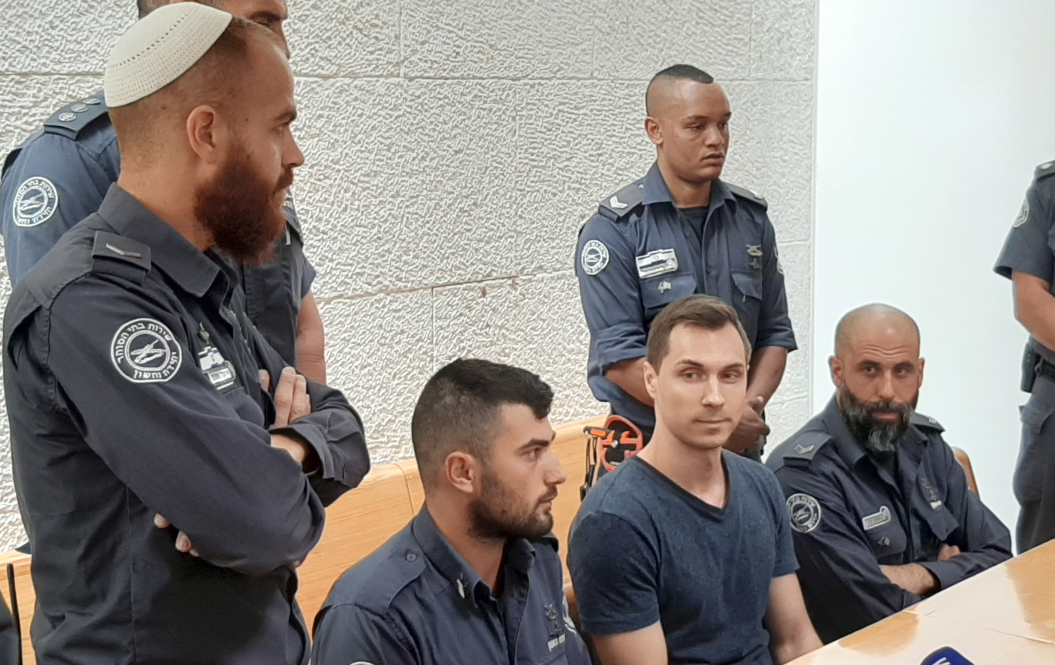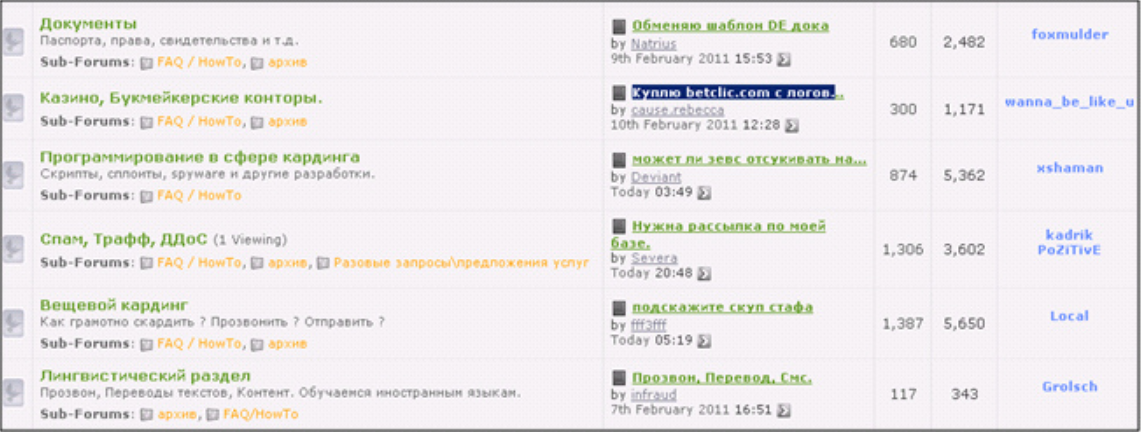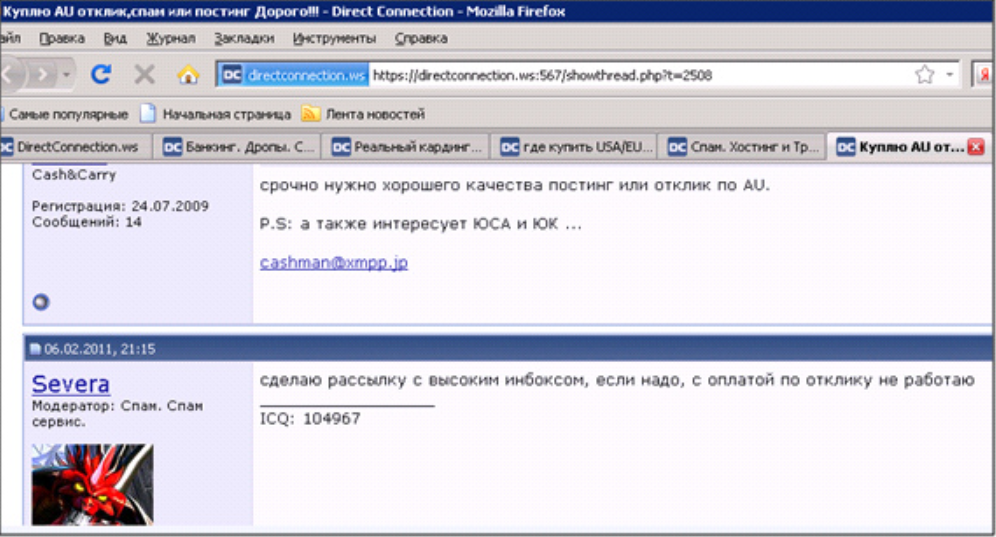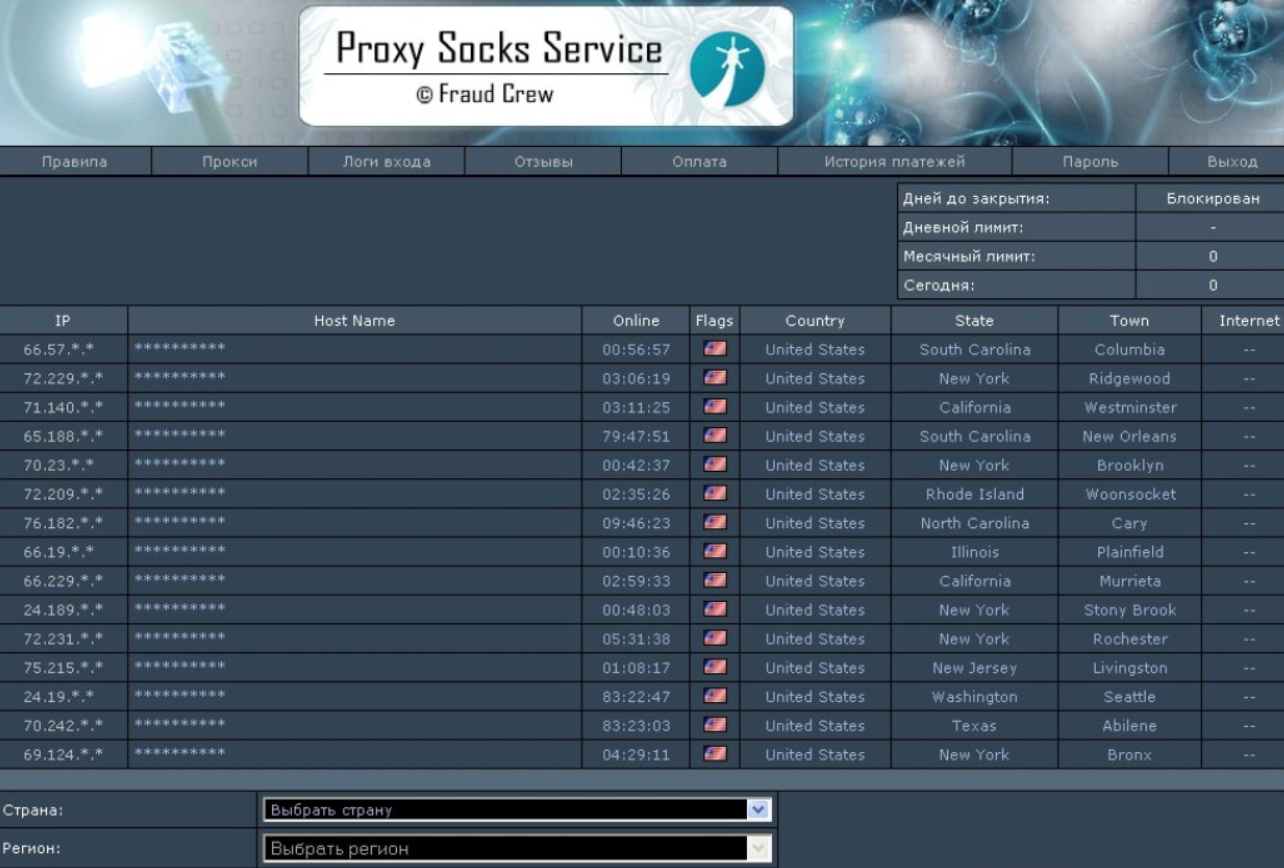Many readers probably believe they can trust links and emails coming from U.S. federal government domain names, or else assume there are at least more stringent verification requirements involved in obtaining a .gov domain versus a commercial one ending in .com or .org. But a recent experience suggests this trust may be severely misplaced, and that it is relatively straightforward for anyone to obtain their very own .gov domain.
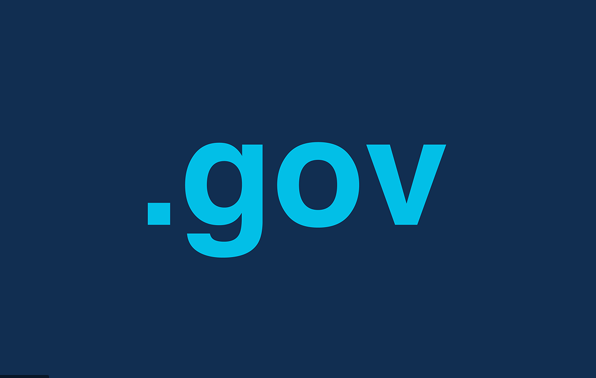
Earlier this month, KrebsOnSecurity received an email from a researcher who said he got a .gov domain simply by filling out and emailing an online form, grabbing some letterhead off the homepage of a small U.S. town that only has a “.us” domain name, and impersonating the town’s mayor in the application.
“I used a fake Google Voice number and fake Gmail address,” said the source, who asked to remain anonymous for this story but who said he did it mainly as a thought experiment. “The only thing that was real was the mayor’s name.”
The email from this source was sent from exeterri[.]gov, a domain registered on Nov. 14 that at the time displayed the same content as the .us domain it was impersonating — town.exeter.ri.us — which belongs to the town of Exeter, Rhode Island (the impostor domain is no longer resolving).
“I had to [fill out] ‘an official authorization form,’ which basically just lists your admin, tech guy, and billing guy,” the source continued. “Also, it needs to be printed on ‘official letterhead,’ which of course can be easily forged just by Googling a document from said municipality. Then you either mail or fax it in. After that, they send account creation links to all the contacts.”
Technically, what my source did was wire fraud (obtaining something of value via the Internet/telephone/fax through false pretenses); had he done it through the U.S. mail, he could be facing mail fraud charges if caught.
But a cybercriminal — particularly a state-sponsored actor operating outside the United States — likely would not hesitate to do so if he thought registering a .gov was worth it to make his malicious website, emails or fake news social media campaign more believable.
“I never said it was legal, just that it was easy,” the source said. “I assumed there would be at least ID verification. The deepest research I needed to do was Yellow Pages records.”
Earlier today, KrebsOnSecurity contacted officials in the real town of Exeter, RI to find out if anyone from the U.S. General Services Administration — the federal agency responsible for managing the .gov domain registration process — had sought to validate the request prior to granting a .gov in their name.
A person who called back from the town clerk’s office but who asked not to be named said someone from the GSA did phone their office on Nov. 24 — which was four days after I reached out to the federal agency about the domain in question and approximately 10 days after the GSA had already granted the phony request.
WHO WANTS TO BE A GOVERNMENT?
Responding today via email, a GSA spokesperson said the agency doesn’t comment on open investigations.
“GSA is working with the appropriate authorities and has already implemented additional fraud prevention controls,” the agency wrote, without elaborating on what those additional controls might be.
KrebsOnSecurity did get a substantive response from the Cybersecurity and Infrastructure Security Agency, a division of the U.S. Department of Homeland Security which is leading efforts to protect the federal .gov domain of civilian government networks [NB: The head of CISA, Christopher C. Krebs, is of no relation to this author].
The CISA said this matter is so critical to maintaining the security and integrity of the .gov space that DHS is now making a play to assume control over the issuance of all .gov domains.
“The .gov top-level domain (TLD) is critical infrastructure for thousands of federal, state and local government organizations across the country,” reads a statement CISA sent to KrebsOnSecurity. “Its use by these institutions should instill trust. In order to increase the security of all US-based government organizations, CISA is seeking the authority to manage the .gov TLD and assume governance from the General Services Administration.”
The statement continues:
“This transfer would allow CISA to modernize the .gov registrar, enhance the security of individual .gov domains, ensure that only authorized users obtain a .gov domain, proactively validate existing .gov holders, and better secure everyone that relies on .gov. We are appreciative of Congress’ efforts to put forth the DOTGOV bill [link added] that would grant CISA this important authority moving forward. GSA has been an important partner in these efforts and our two agencies will continue to work hand-in-hand to identify and implement near-term security enhancements to the .gov.” Continue reading →







